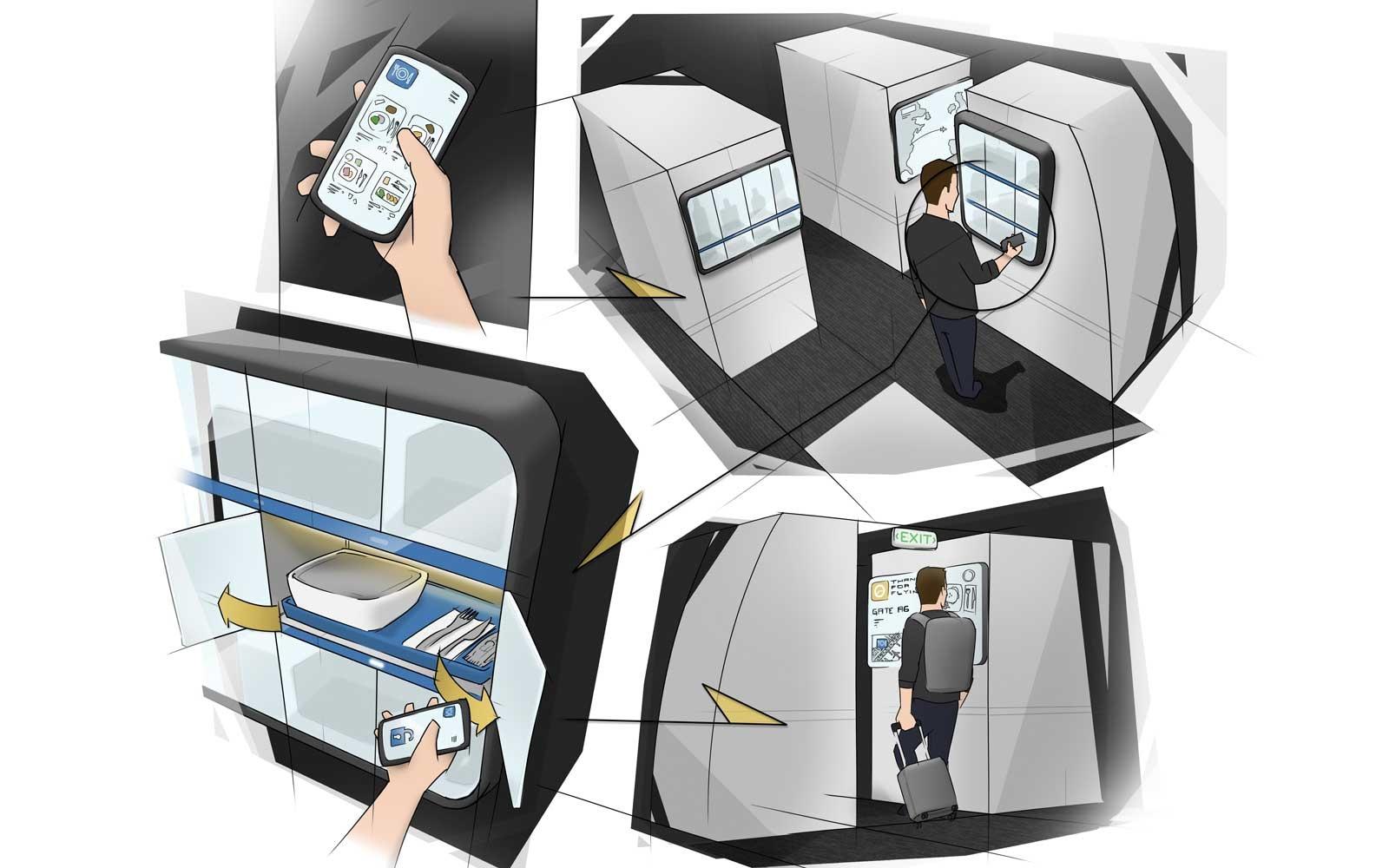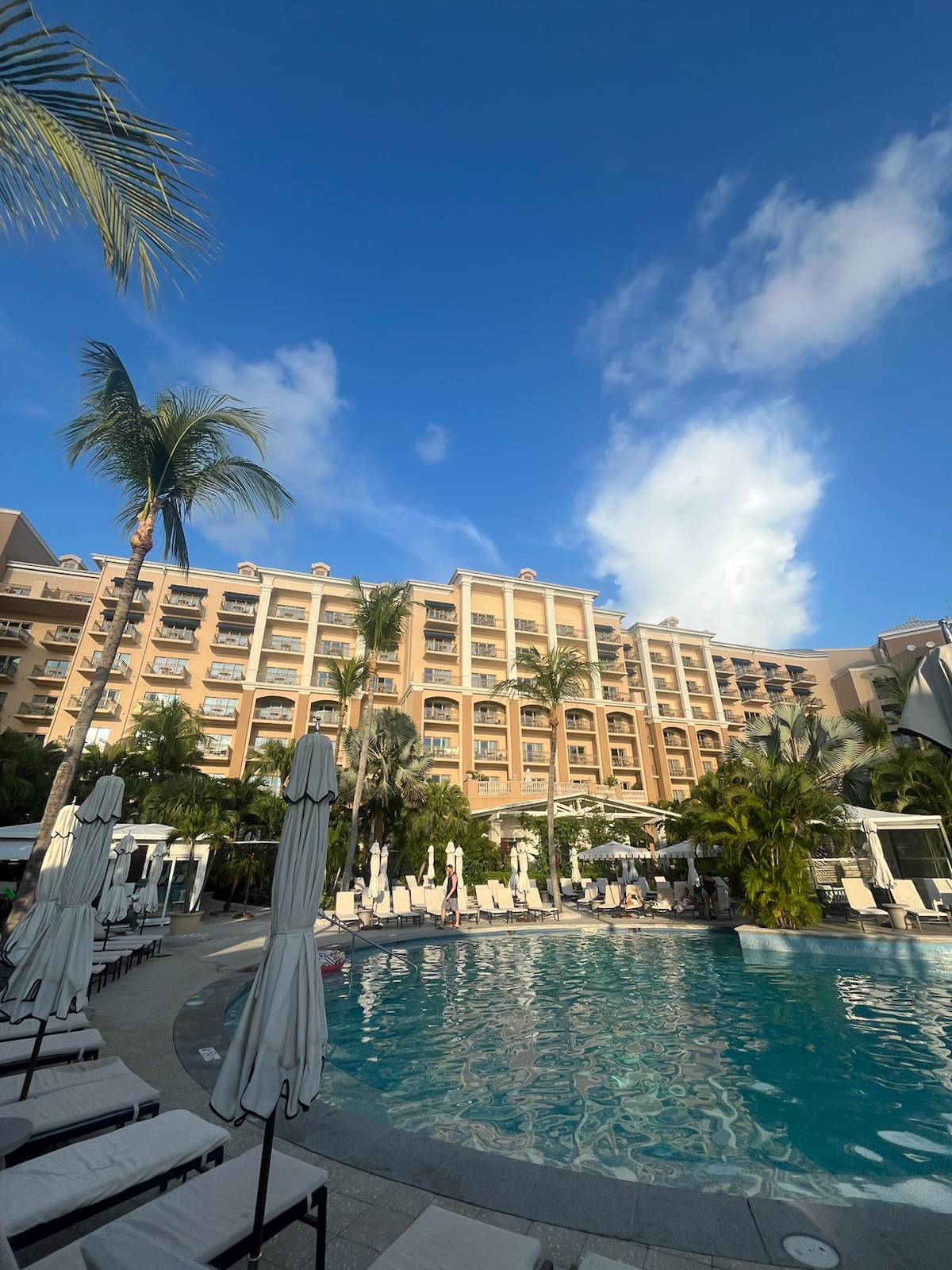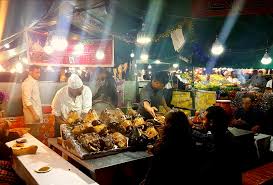
Travel+Leisure: The Future of Airplane Food Involves Robots, Apps, and Automats
by Marisa Garcia
Airplane food service hasn’t changed much since the introduction of the wheeled trolley, but some designers think it’s time to toss out the galleys and trays — and try something completely different.
Bernadette Berger, associate creative director at Seattle-based design firm TEAGUE, imagines that trolley service could be replaced by automat-style ordering.
Passengers could peruse the menu choices and place their order on an app, then collect it from one of the lockers at new self-service stations onboard, using near field communications (NFC). These in-flight automats could offer more than food, Berger says. Airlines could also supply comfort items like neck pillows, eye-masks, amenity kits, headphones, or duty-free luxury goods.
“We’re looking for ways to increase choice for passengers and the general drive for having ‘what I want when I want it’,” Berger said.
Berger also believes that airlines could install robotic galleys for food delivery. Meal preparation would be relocated to the belly of the plane, leaving more space in the main cabin for passenger seating. Food trays would be lifted to a service station where passengers could collect them when they are ready to eat.
Introducing self-service in-flight meals, controlled by apps and automation, could be better for the environment. It would help airlines reduce food waste and the trash generated by food packaging. It could also reduce the weight of equipment onboard, which would burn less fuel and generate a lower CO2 footprint.
“This was a big topic that we had when we were first ideating,” Berger told Travel + Leisure. “We talked about the packaging — big galley complexes with smaller boxes. There’s a lot of redundancy.”
The data gathered from processing inflight meals and sales of in-flight comforts could help airlines refine their services, even improve food and beverage quality.
“Airlines could partner with other luxury brands and other food brands, and have co-branded products,” Berger said. “You can imagine where an airline could lean into partnerships with brands like Starbucks. It could be a better food experience for the passenger, but also offer name-brand recognition.”




